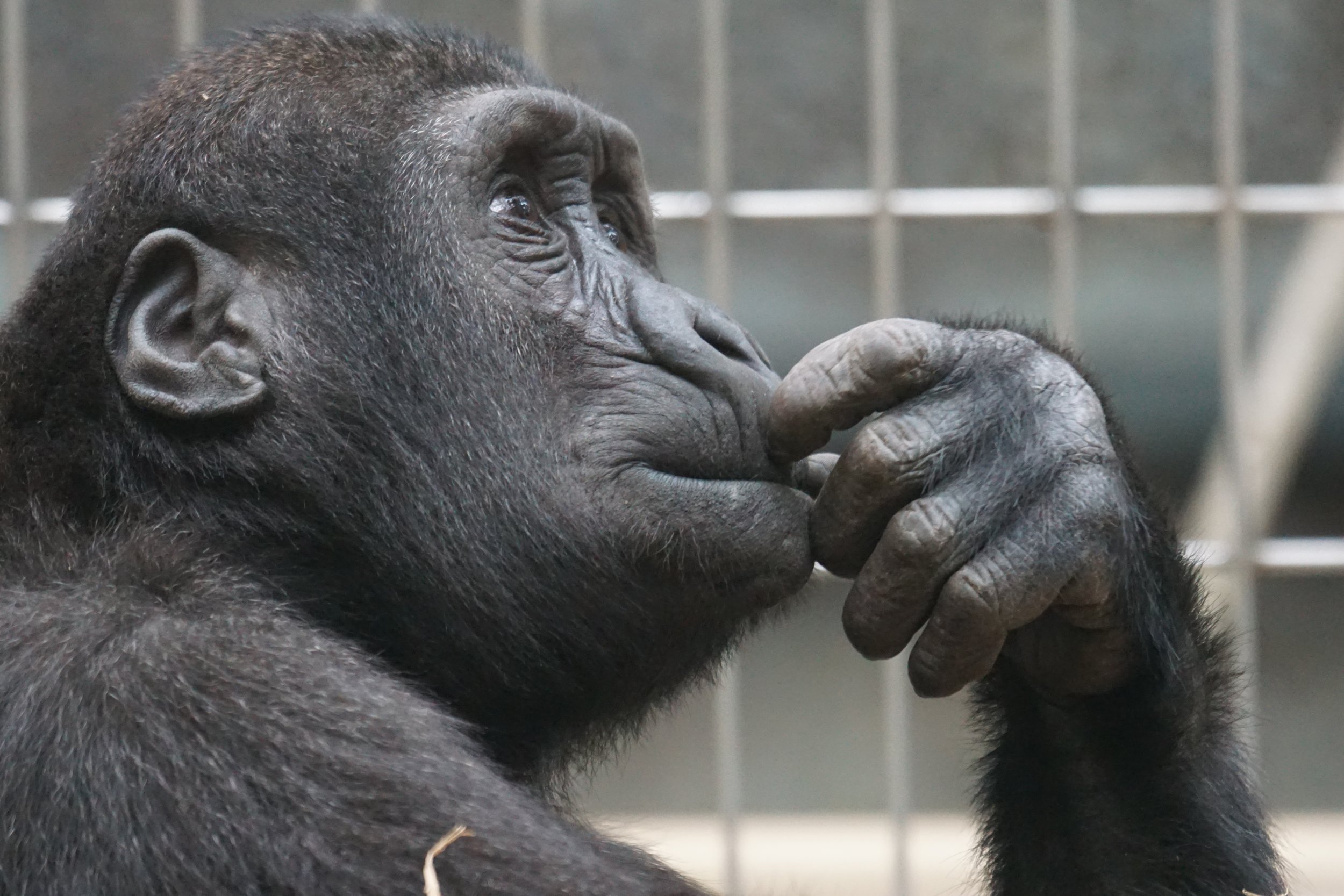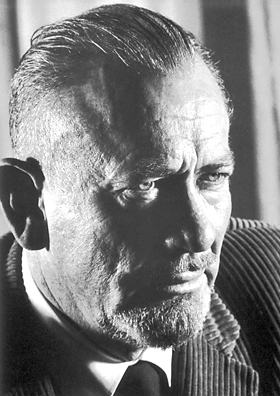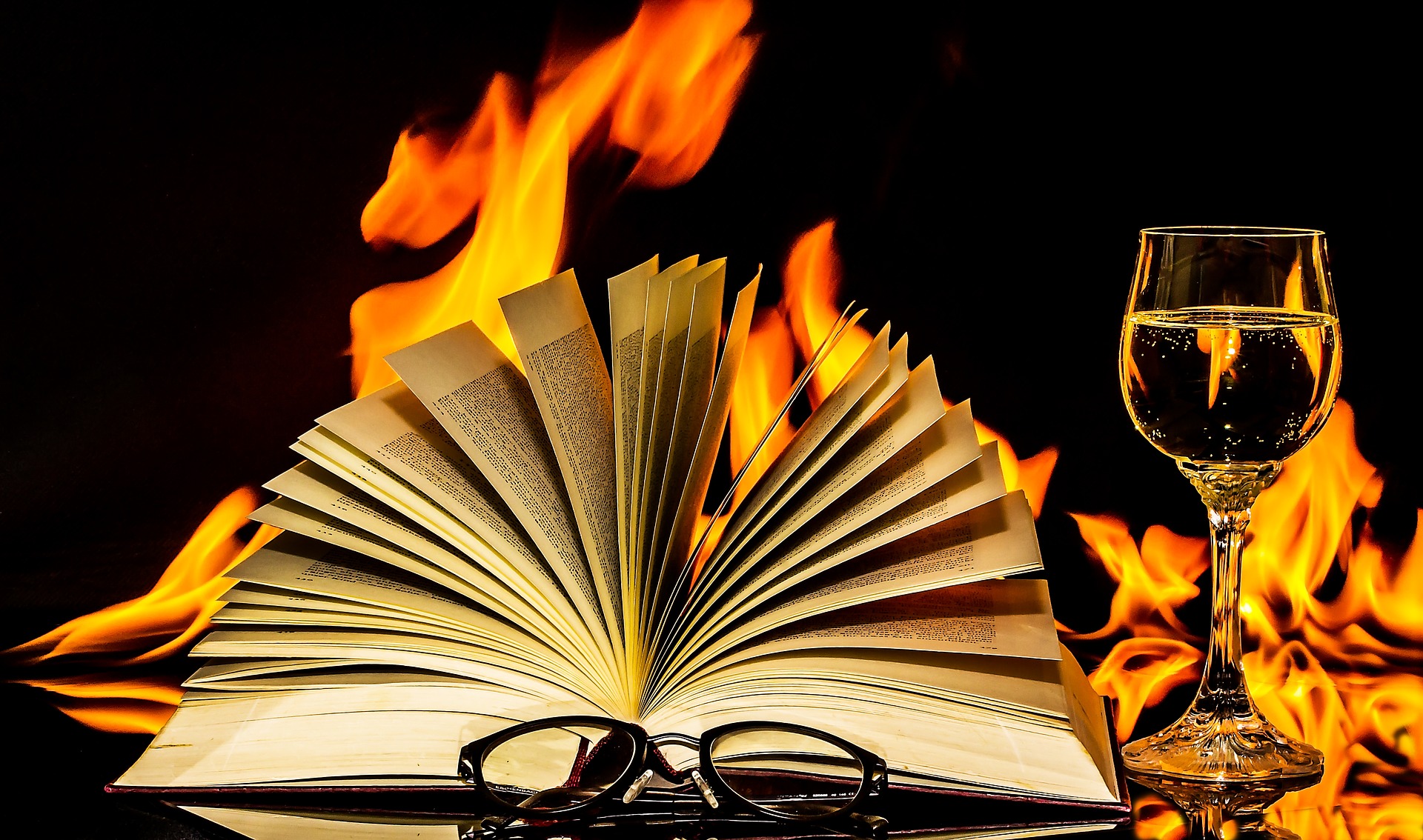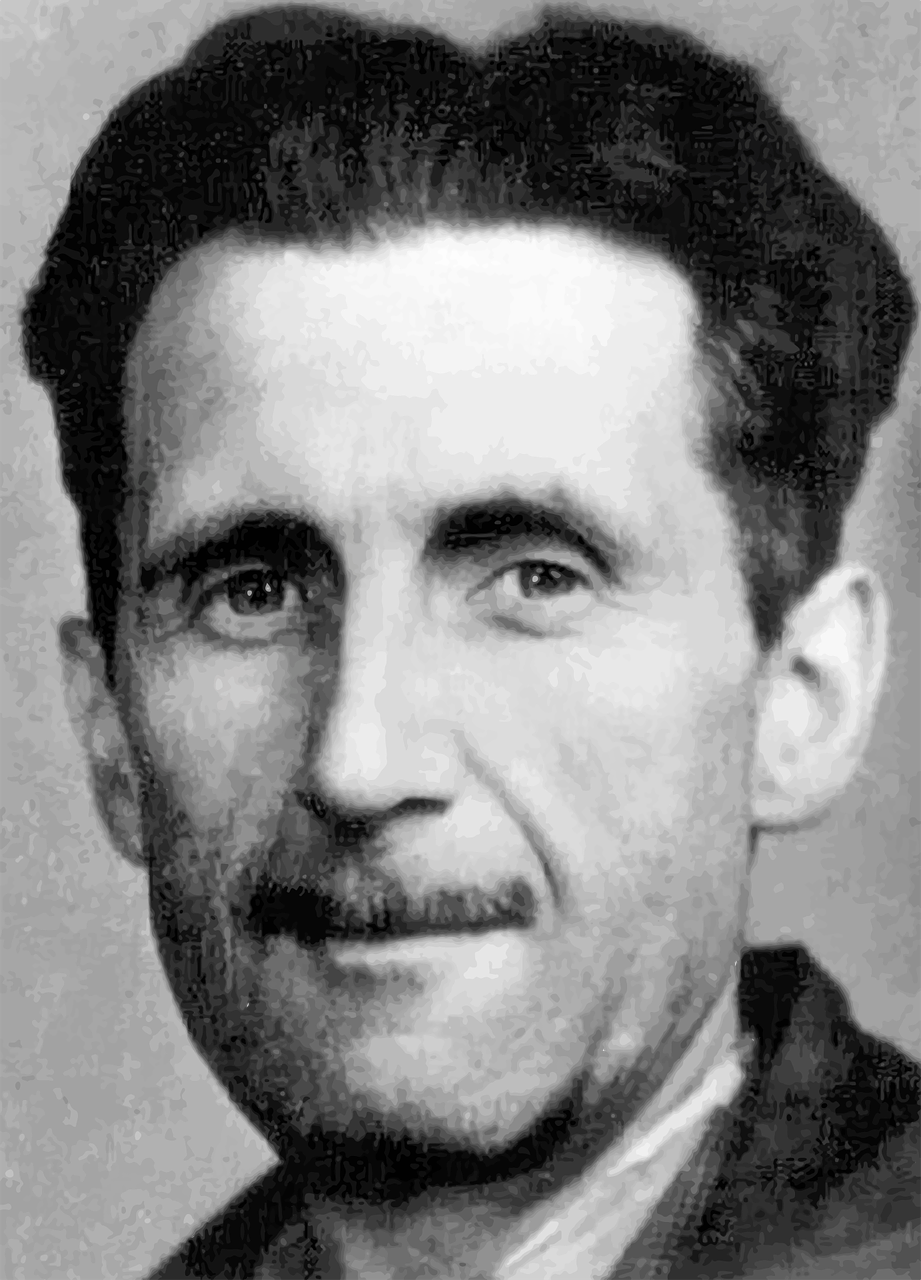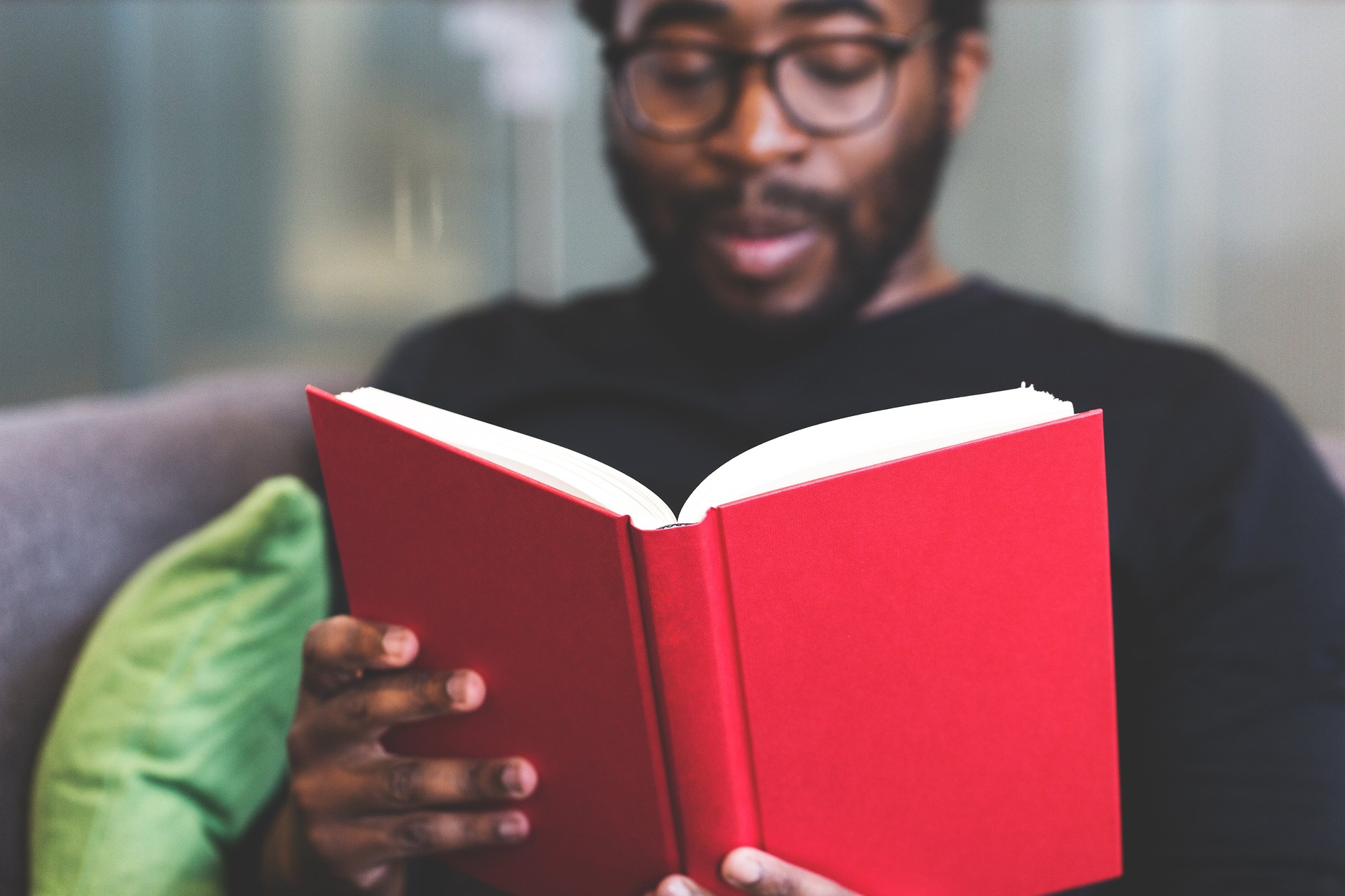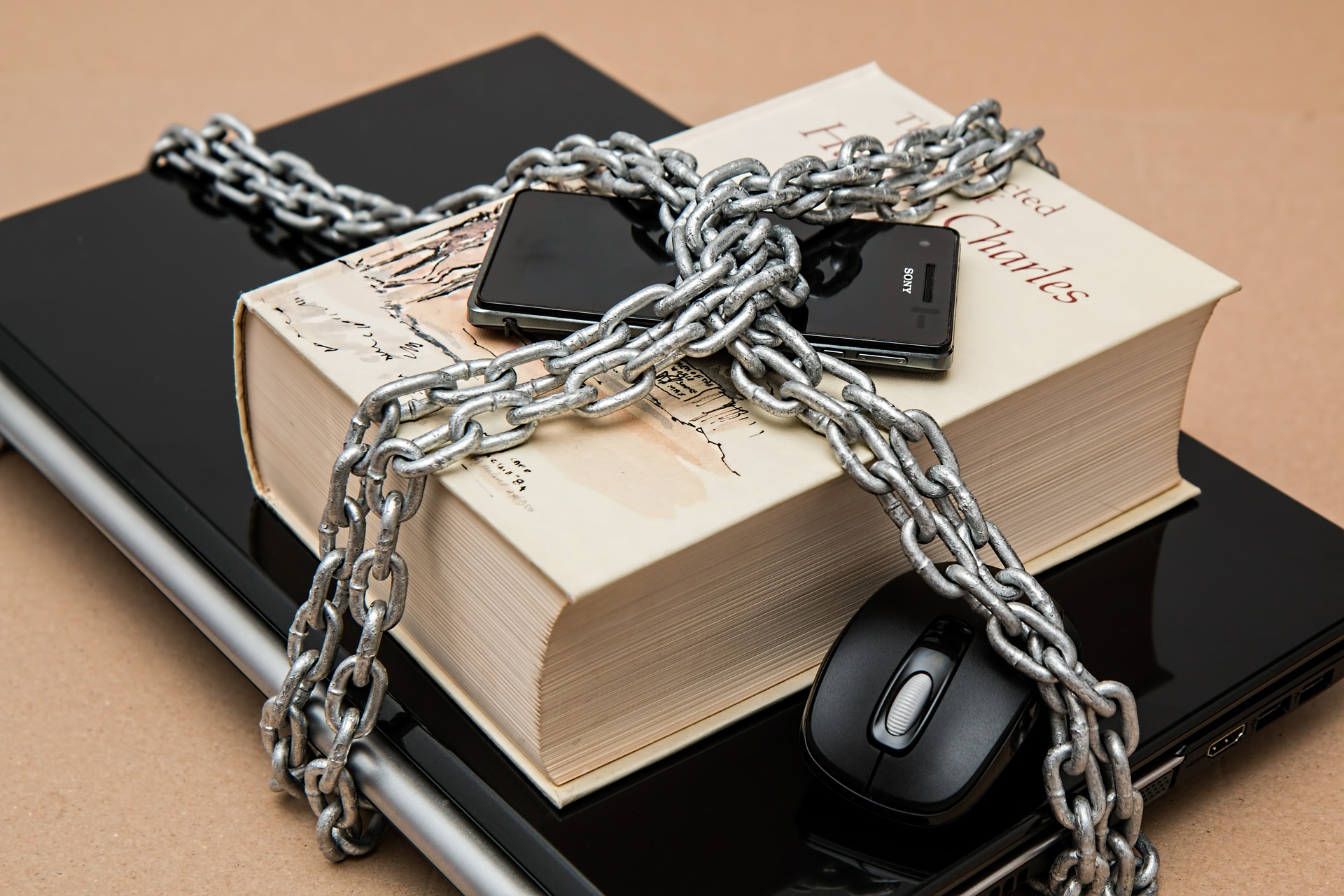It’s important to remember that there are many reasons for challenging/banning books. Why are certain books banned? Who bans these books…governments, religious institutions, libraries, communities, school boards? I selected the 25 books listed below because they have been banned for political, moral, ethical or religious reasons by different countries and organizations. Can you match the book with a short history of where it was challenged/banned and why?
The books have been assigned a number and listed by title, author, and publication date.* Fill in the blank beside the organization(s) and reason(s) a book was challenged/banned with the number of the banned book. There is only one answer for each blank.
The answers are given at the bottom of the page, but try not to peek.
*Listed publication dates for some of these books vary on different websites, so these dates are only included in this quiz to help you narrow down the date(s) each book was banned.
Banned Book List
1. Howl by Alan Ginsberg (1956)
2. Fanny Hill: Memoirs of a Woman of Pleasure by John Cleland (1748)
3. My Father’s Daughter by Hannah Pool (2005)
4. Animal Farm by George Orwell (1945)
5. Moby Dick by Herman Melville (1851)
6. Persepolis by Marjane Satrapi (2000)
7. The Naked and the Dead by Norman Mailer (1948)
8. The Well of Loneliness by Radclyffe Hall (1928)
9. Sophie’s Choice by William Styron (1979)
10. Green Eggs and Ham by Dr. Seuss (1960)
11. Gone with the Wind by Margaret Mitchell (1936)
12. 1984 by George Orwell (1949)
13. Invisible Man by Ralph Ellison (1952)
14. One Day of Life by Manlio Argueta (1980)
15. Naked Lunch by William S. Burroughs (1959)
16. Bury my Heart at Wounded Knee by Dee Brown (1970)
17. Alice in Wonderland by Lewis Carroll (1865)
18. Madame Bovary by Gustave Flaubert (1857)
19. Rights of Man by Thomas Paine (1791)
20. Brave New World by Aldous Huxley (1932)
21. Tropic of Cancer by Henry Miller (1934)
22. Unarmed Victory by Bertrand Russell (1963)
23. Ulysses by James Joyce (1922)
24. The Grapes of Wrath by John Steinbeck (1939)
25. Uncle Tom’s Cabin by Harriet Beecher Stowe (1852)
Banned Books Information
___ Banned for obscenity in 1821, this became the last book ever officially banned by the U.S Government (other works have since been banned by court order).
___ In 1965, this children’s book was banned in the People’s Republic of China for what was perceived as an unflattering portrayal of early Marxism. The ban was lifted after the author’s death in 1991.
___ The French government tried to ban this novel due to "offenses against public morals", but did not succeed in court. Many school districts in the United States have banned or attempted to ban this work from approved high school English reading lists.
___ This book was banned in Eritrea in 2014 for its political content.
___ Banned by the Boston Courts in 1962 for obscenity, but the ban of this book was overturned by the Massachusetts Supreme Judicial Court in 1966.
___ Banned by the Soviet Union in 1950 because Stalin believed this book was a satire based on his leadership. It was also nearly banned in the United States and the United Kingdom in the early sixties during the Cuban Missile Crisis. It was legalized in the Soviet Union in 1990. Afterward, an edited version was released
___ This book by an American author was banned in Canada in 1949 for obscenity.
___ Soon after publication, this book was banned in El Salvador for its depiction of human rights violations.
___ This book was included on the American Library Association’s list of the 10 most frequently challenged books in 2014. It has been challenged for offensive language, depictions of gambling and political viewpoints. In 2013, the Chicago Public Schools ordered copies of this book removed from 7th grade classrooms.
___ Banned in England after its publication, the author was also charged with treason for his support of the French Revolution. It was also banned in Russia after the Decembrist Revolt in 1825.
___ The author’s choice to write about a non-Jewish victim of the Holocaust was immediately controversial. Objections to profanity and explicit sexuality caused the book to be banned in South Africa and censored in The Soviet Union. It was banned in Poland for its “unflinching portrait of Polish anti-Semitism.”
___ This book and all works by this author were banned in the U.S. from the 1930’s until the early sixties. Copies of this work were seized by U.S. Customs for sexually explicit content and vulgarity. It was also banned in South Africa until the late 1980’s.
___ Banned in the United Kingdom until 1936, this work was challenged and temporarily banned in the U.S. for its sexual content – the ban was overturned in 1933. It was also banned in Australia from 1929-1937. From 1941-1953 it could only be purchased in Australia by persons over the age of 18.
___ This book, by an American author, was banned in Russia under Nicholas I shortly after its publication because of its ideas about equality and underlying religious ideals. It was banned by the Confederate States during the Civil War because of its anti-slavery content.
___ Banned in India, this book contains unflattering details of the 1962 Sino-Indian War.
___ Banned in the U.K. immediately after its publication for “having a lesbian theme,” this book was republished in 1949.
___ This children’s book was banned in the Hunan Province of China in 1931 for its anthropomorphized animals interacting with a human and behaving as humans.
___ Banned in the U.S.S.R and other communist countries shortly after publication, this book is still banned in North Korea and censored in Vietnam. In 2002, this book was banned in schools in the UAE for text and images that go against Islamic values, especially its anthropomorphic talking pig.
___ This book was banned in Ireland in 1932 because of its alleged sexual promiscuity. It was also banned in Australia from 1932 -1937.
___ This Pulitzer prize winning novel was temporarily banned in many parts of the United States. In California it was banned for its negative portrayal of area residents.
___ The retelling of western expansion and growth in the United States from the perspective of Native Americans in this book caused a Wisconsin school district to ban it because of concern over a potential controversy.
___ Banned by several American school districts and libraries for its “optimistic” depiction of slavery, sympathetic portrayal of slave-owners, and use of racially derogatory terms for slaves, this work was made into an Academy Award winning film.
___ This boundary pushing book of poetry is often banned or challenged by school districts and local libraries for its “depiction of homosexual acts.”
___ This American classic was banned in 1996 by a Texas School District from inclusion on its Advanced English Class Reading List because it “conflicted with their community values.”
___ In probably the biggest head scratcher of all time, this highly acclaimed novel was banned from some high school reading lists in Pennsylvania, Wisconsin, and Washington State because its frank depictions of the issues of black nationalism, Marxism, and identity in the 20th Century were deemed too advanced for high school students.
Answers:
2; 10; 18; 3; 15; 12; 7; 14; 6; 19; 9; 21; 23; 25; 22; 8; 17; 4; 20; 24; 16; 11; 1; 5; 13.






